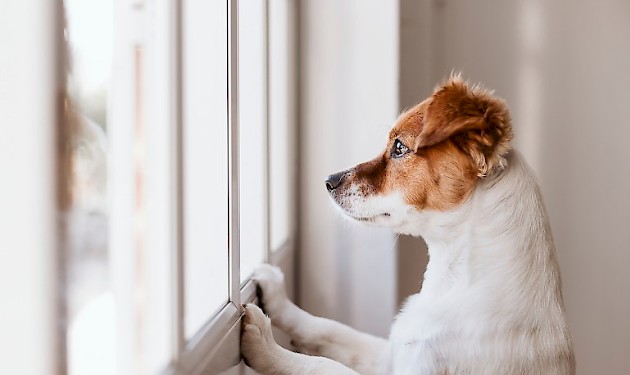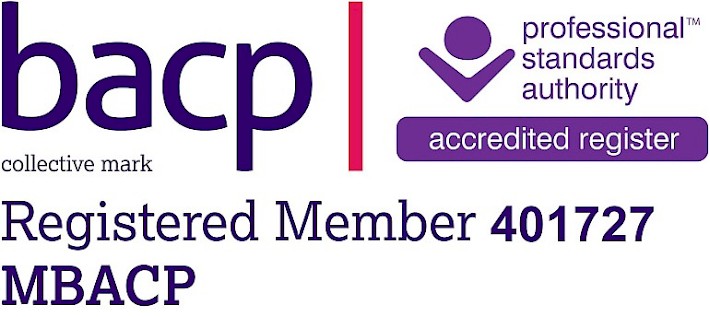It's not just our dogs that get separation anxiety. We do too!
Posted: 11 April 2020

I’m sure during this time of universal lockdown there are many dogs and owners relishing all this time they can spend together. I know I’ve certainly enjoyed the increased feeling of companionship I have with my dog now that we together so much more. As I watch him lying contentedly in the sun, I imagine that the feeling is mutual. (see notes)
However, at some point normal life will resume and with it the prospect of leaving our dog alone for longer stretches of time. After such an extended period of being in each other’s company you could be concerned about how your dog will adjust.
Or how you will adjust.
Our underlying emotional state has an enormous impact on how our dog is feeling. Not just when we are with them but also when we are apart, Robert Sheldrake’s wonderful book Dog’s Who Know When Their Owner’s Are Coming Home provides anecdotal as well as clinical based evidence that our dogs are ‘tuned in’ to us even when we are in different locations.
So, with this in mind to help our dog adjust to spending more time away from us after this period of national lockdown, one of the most important things we can do is focus on how we feel about leaving them.
Here are some tips to support yourself through this transition:
- Acknowledge your feelings. A good way of doing this is to write them down, keep an open, non-judgemental frame of mind and give yourself permission to express whatever you may be feeling. Fears, concerns, irritations, anger, sadness, let it all spill onto your page. Maybe you don’t actually like your job and dread going back, or maybe working from home has become a preferable option and you don’t really want to go back into the old work routine? Alternatively, maybe you can’t wait to get back to work, but you feel conflicted because you fear your dog will miss you? For many this crisis has created time to rest and take a break away from the pressures of work but this may cause a sense of guilt that they have ‘benefitted’ from the lockdown in some way? As you write, receive your feelings with the kindness you would show a good friend.
- Incorporating the positives into the ‘new normal’. If we have felt a pleasure in spending increased time at home with our dog, we may experience a sense of sadness at the prospect of returning to work and fear that we will be losing special. To help with these feelings we could bring some of our positive experiences into our new post lockdown life. Make a list of the activities you have enjoyed together and the positive aspects of this lockdown period on your relationship. Now consider how you can integrate aspects of this quality time into your regular working life. Can you set aside time each day, every other day or at the weekend that is just for you and you dog? An hour? Half an hour? To walk together with no distractions from your phone or other people. Perhaps you can create a daily meditation practice that involves sitting with your dog quietly. Or time for a game involving hiding treats and clicker fun.
- Setting your intention. Consciously decide how you would like to feel when it’s time to go back to work. Write down the emotional state you would like to cultivate for yourself and the emotional state you would like for your dog. Spend some time imagining how this would feel. Explore the details, are you smiling when you are in this state? How does your body feel? Practice softening your muscles and relaxing your body. Imagine your dog feeling secure and confident, resting and relaxed when you are not with him/her. When you think about going back to work, take a breath and imagine these positive states for you and your dog.
- Practical resources. Being prepared is always helpful for easing anxiety. Make sure you have a plan. Consider things like how you want to feel when leaving your dog for the first time, refer to the exercise above as a reminder of setting your emotional intention allow yourself time to do this. Do you have a dog walker? Keep in contact with them so you are sure about their availability to work. It is thought that the first 20 minutes after leaving a dog can be the most stressful time for them so keeping them calm with Kong toys or similar (stuffed and frozen in advance) can provide a useful self-soothing distraction as you leave the house. Music specifically designed to calm dogs is available online, ‘Through a Dog’s Ear’ is one excellent source. Bach flower remedies can offer gentle emotional support for you both. Homeopathy can also help with transitional times. Online articles and webinars are available giving tips to help you support your dog, a web search of “separation anxiety in dogs after lockdown” will bring up some results. Also checking in with dog groups on social media pages may provide links to resources.
N.B. There are many extremely good articles at this time providing guidance for dog owners to help them create a routine for their dogs which will minimize the risk of separation anxiety when ‘normality’ resumes. The advice in this article is intended as an addition to this guidance not to replace it.



